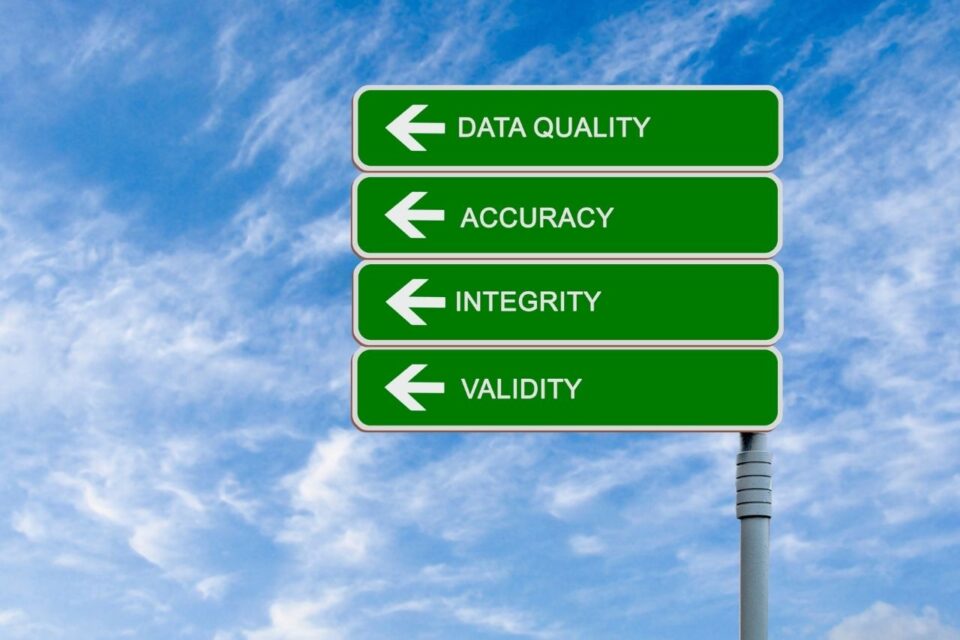
Pricing Transparency The Final Rule and How to Prepare
August 12, 2020
5 Interesting Facts You Need To Know About Pricing Transparency
September 8, 2020It is a known fact that Americans have had a huge impact on their finances due to COVID-19. Most have found it difficult to even pay for everyday necessities much less expensive medical bills.
In fact, nearly 47% of Americans aged 18-64 are more concerned about the cost of healthcare than ever before.
The issue of healthcare cost is not new but it has been accelerated due to the 2020 presidential election and the COVID-19 pandemic. The cost of healthcare in the US has been a huge problem for years as four in ten people suggest that they have not been able to afford their medical bills.
Pricing transparency is in place to decrease surprise medical bills, high deductibles, and confusion with pricing terminology and plans. Ideally, the purpose of the rule is intended to help patients find pricing for care and compare services from different hospitals so they can obtain safe, high-quality, and affordable care.
Given the national and state conversations around healthcare pricing transparency, there is an increased awareness of the quality of cost-saving solutions this year.
The Trump administration has passed the pricing transparency rule to be effective in January 2021 therefore it’s a must-have as consumer’s wallets are suffering in these challenging times.
This is putting pressure on hospitals to get their pricing transparency strategy in place very quickly as healthcare systems will be fined if they do not comply by the deadline.
The healthcare industry is the only industry that does not fully disclose the access to the cost of services for consumers. Consumers want to be able to decide where they can go to get healthcare services but as of now, they cannot make that confident decision because the cost of services is not fully transparent.
As the COVID-19 pandemic calms down, consumers are beginning to reschedule appointments and procedures that were delayed so being able to compare costs would be helpful for patients.
Healthcare organizations are faced with getting the pricing transparency front and center for consumers which will require them to develop a special task force and a process to be compliant by the deadline.
Telehealth has become a popular implementation for healthcare organizations as well due to the COVID-19 pandemic. Although this has proven to be effective for consultation follow up appointments, for most services, having an in-person appointment will be the only option for most services.
Therefore, consumers will want to have the cost of those services available so they can shop for the best price especially due to the fact that people are more aware of their financial situation during these difficult times.
Furthermore, it is important to give patients the option to shop online or directly communicate with customer assistance teams via talk, text, and chat increases engagement and makes the shopping process convenient.
The next step for healthcare organizations is to see which tools will help consumers to understand the cost of services as well as their care options better.
In conclusion, as of now, there are two sides to pricing transparency. One is healthcare organizations and the other is the consumer/patient.
The question is will they be able to meet in the middle to improve healthcare overall in the United States?
Ideally, by providing actionable and personalized information, healthcare technology companies can enable consumers to make informed healthcare decisions all while driving down healthcare costs.
Discover The Ultimate Pricing Transparency Solution
If you are interested in a free demo of our AllPayor® Software, please go HERE or you can register for a FREE webinar HERE





